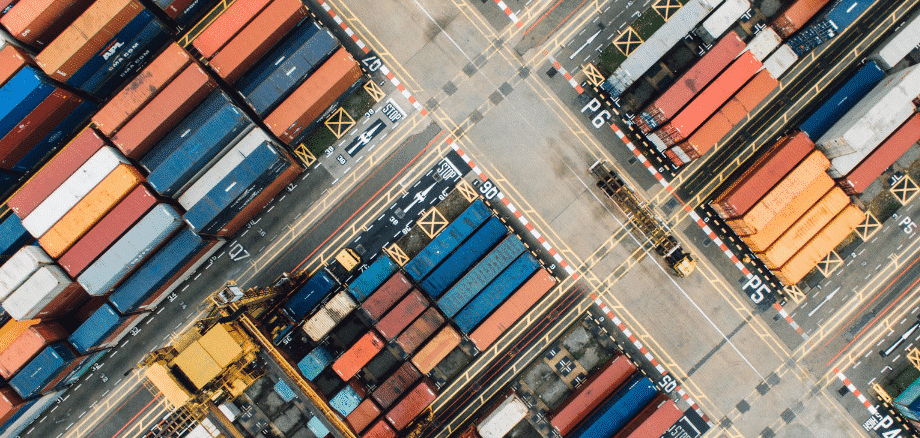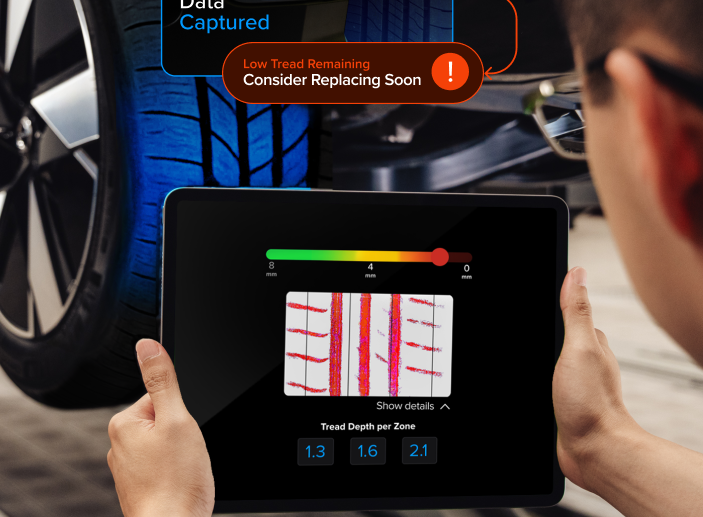
The Value of Retail Price Verification with Scanning-Equipped Mobile Apps
The Value of Shelf-Level Price Verification with Scanning-Equipped Mobile Apps
Have you ever been overcharged at a store, but did not know it until you got home and looked at the receipt? Watched the register and caught where the item scanned showed a higher (or lower) price than what was displayed? Chances are the answer is yes. In fact, it happens all of the time.
Anyline recently surveyed 500 women and men aged 18 and over in the United States to ascertain their shopping habits and the quality of their shopping experiences in the age of Coronavirus. The results of the survey are available now.
When asked how frequently the displayed price of an item did not match the price charged at the register, more than 50% of consumers in Anyline’s survey said sometimes or frequently. The problem is pervasive enough that as of September 1, 2020, the US state of Michigan enacted the Michigan Price Scanner Law, requiring a seller who charges more than the displayed amount for an item seller to refund the difference between the amount charged and the price displayed plus a “bonus” ten times the difference, with a minimum of $1.00 and a maximum of $5.00. If the seller refuses to give the buyer both the refund and the bonus, the buyer may bring a lawsuit to recover actual damages or $250.00, whichever is greater, plus reasonable attorney fees up to $300.00.
In the US state of Massachusetts, the law is also very consumer-friendly when it comes to displayed price regulations. Grocery stores and department store retailers with food departments (think Target and Walmart) must, with some exceptions, individually mark every item they sell with the price. In Massachusetts, when an item rings up at a higher price than on the shelf — maybe because the store forgets to remove displayed sale prices after a promotion ends — the buyer has a right to recourse. For products under $10 each, a shopper is entitled to one item free and all others at the lower price. If the product is priced at more than $10, the buyer should be given the first item at the lower price, minus $10, and sold all others at a lower price. That means that if you want to buy three frozen pot pies on sale for $11, but they ring up as $13, you would be entitled to get one for $1 and two for $11 apiece.
Even if the refund in a pricing discrepancy is handled immediately, the labor costs of managing these issues combined with already low retail profit margins and a down economy where consumers are watching every cent make price discrepancies a potentially much larger problem. Retailers can be assured that other US states will be watching the practical impact of what happens in Michigan and Massachusetts and may already be looking to follow suit.

Retail Price Verification requires more than a Barcode Scanning-Enabled Mobile App
Almost everything we buy today bears a Universal Product Code (UPC). This code is made up of a series of numbers and bars which is basically shorthand for product information. When a cashier passes the UPC symbol over an electronic scanner, a computer decodes the symbol and sends the price to the register. The price appears on a display screen and on your printed receipt.
There are many benefits to using scanners rather than manually inputting the information. Checking out at the register is faster, price accuracy is better, and inventory reconciliation is quicker. However, errors still do occur at alarming rates. Shoppers get overcharged and undercharged due to human errors, faulty UPC codes, and sloppy management practices. The biggest problem retailers face, however, is not from faulty codes. A shopper in a store is not a human barcode scanner. They don’t care if the price programmed into the UPC code matches the store’s product database.
- How to Ensure Customer Safety with Mobile Technology for Expiry Date Checking (Free One Pager)
- How to Improve Warehouse Inventory Management with Mobile Scanning (Free One Pager)
The shopper and as we have seen, the law is concerned with the displayed price on the item. If the displayed price is $3.99 and the price at the checkout is $5.99 the shopper has a case to make against the store’s pricing practice, even if the $3.99 is an “old” price. This displayed price is a number, which is a far more challenging image to scan quickly and accurately than a barcode. In most cases, stores rely on staff to manually ensure that displayed prices match those in the store database. Given that store prices are prone to be changed from week to week, and store associates must perform manual matching on database prices versus displayed prices for thousands of SKUs, this manual process practically invites human error.
Retailers can mitigate this problem by equipping employees with scanning-enabled mobile apps that also perform optical character recognition (OCR) scanning of the actual displayed price to automate the matching (or the detection of a discrepancy) between the displayed price and the price in the database. Associates can simply scan the UPC code and the displayed price using a smartphone and quickly reconcile pricing with 100% accuracy.
Making price accuracy a top priority increases consumer loyalty and public trust in retailers, and also saves the embarrassment of being called out for it through legal action. Adherence to a program requiring employees to use OCR and barcode scanning-enabled mobile apps to reconcile displayed pricing with database pricing dramatically reduces the incidence of price discrepancies easily and affordably.
Anyline technology integrated into an employee-facing mobile app helps store associates eliminate manual data entry errors and improve process efficiency by quickly and accurately scanning price tags and barcodes on store shelves with just a consumer-grade smartphone.
Take Your Price Verification Workflow to the Next Level
Let Anyline help you to take your price verification workflow to the next level and delight retailers and their customers alike. Get a demo app or contact us to learn more.



